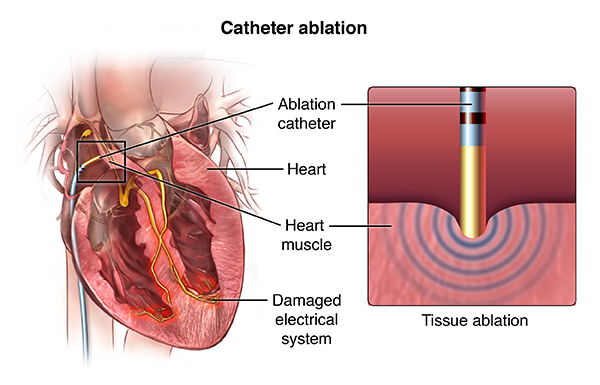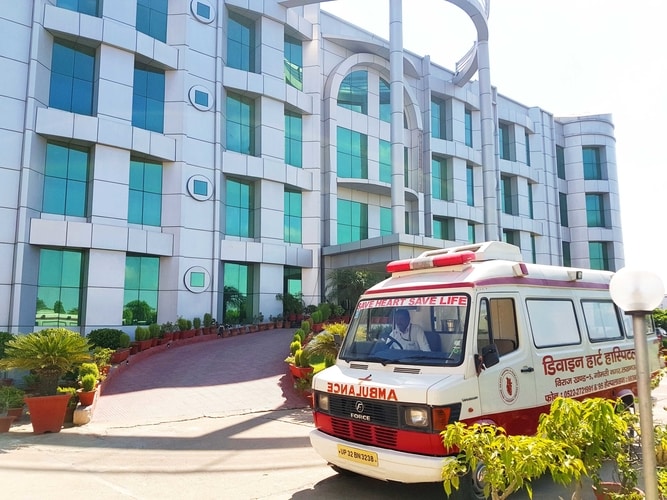
Radiofrequency Ablation: What is it, Procedure, Recovery.
Radiofrequency ablation
Radiofrequency ablation (RFA) is a minimally invasive procedure that is performed at a doctor’s office or a hospital. Patients usually return home the same day.
Radiofrequency ablation, also called fulguration, is a medical procedure in which part of the electrical conduction system of the heart, tumor or other dysfunctional tissue is ablated using the heat generated from medium frequency alternating current.
Procedure
RFA may or may not be performed under mild sedation. If sedation is used, the patient is usually kept awake and conscious to an extent to be able to describe what they feel during the stimulation and lesioning of the nerve. RFA involves the following steps:
- The patient lies on his/her stomach on a procedure table. If sedation is used, an intravenous (IV) line is started so that relaxation medicine (sedation) can be given.
- The skin over the treatment area (neck, mid-back, or low back) is well cleaned to minimize the risk of infection.
- The physician numbs a small area of skin by injecting a numbing medicine (anaesthetic) in the region of the RFA injection site.
The physician uses x-ray guidance (fluoroscopy) to direct the RFA needle toward the medial or lateral branch nerves.
- Medical branch nerves transmit pain from the fac joints
- Each facet joint is connected to 2 medial branch nerves that carry pain signals away from the spine to the brain.
- Lateral branch nerves transmit pain signals from sacroiliac joints between the sacrum and ilium in the pelvis to the brain.
- Once the needle tip is placed accurately, an active electrode is inserted through the needle and a small amount of electrical current is carefully passed next to the target nerve and a safe distance from other nerves.
- This current may briefly recreate the painful symptoms that the patient usually experiences.
- Once the target nerve is confirmed, a heat lesion is created on the nerve using the preferred method (conventional, pulsed, or water-cooled radiofrequency) of ablation.
- This process may be repeated for additional nerves.
- The entire procedure usually takes 30 to 90 minutes. It is advised to have someone drive the patient home after the procedure.
Recovery
Immediately after the RFA, the patient is shifted to a recovery room for 15 minutes to an hour (if sedation was used) where his/her vital signs are continuously monitored.
Depending on the area treated, a superficial burning pain with hypersensitivity, similar to a sunburn feeling may be experienced. Sometimes a slight numbness of the skin over the same area may also be experienced.
A few precautions and tips for the first day or two after RFA are:
- An ice pack may be used intermittently to numb the pain and reduce swelling on the injection site.
- Ice packs must be used for 15 to 20 minutes at a time with a break of at least two hours in between to avoid skin injury.
- Heat packs are usually not advised on the injection site after RFA
- Warm showers are preferred over baths for 1 to 2 days after the RFA procedure.
Pain relief after RFA is typically experienced 1 to 3 weeks after the injection. It is advised to rest for several days before returning to normal activities. Patients may engage in regular activities but should let pain levels be their guide for the first few days.
Since many patients have been de-conditioned over many months or years as a result of their pain, physicians might prescribe a guided physical therapy regimen to allow them to increase their strength and activity tolerance in a safe manner.
Remember that your doctor is a partner in your recovery, so don’t hesitate to ask them questions. Divine Heart & Multispeciality Hospital offers different specialties in cardiology, cardiovascular surgery and many more, Book an appointment with a cardiologist.
Leave a reply

